It is widely admitted that women can be complexed by their breasts. And nowadays, it is very common for them to seek cosmetic surgery to correct their defects and to have their breasts sculpted to their liking. For men, on the other hand, it is much less frequent. And yet… Gynecomastia, defined as an abnormal growth of breasts in men, would affect between 50 and 70% of teenagers and 50% of men over 50. And yet, these figures could be underestimated: many of those affected by man’s boobs problem choose not to consult a doctor. First, gynecomastia does not present any medical risk. Secondly, because a man may have a complex about his enlarged breasts, and prefers not to discuss the subject with his family or even with his doctor.
For teenagers, gynecomastia is often temporary and can be treated with a drug protocol and/or disappear with adulthood. In older men, gynecomastia can be caused by a hormonal imbalance, after an illness and/or certain medications. It can regress with medication, provided that it is diagnosed within six months of its appearance. If necessary, breast surgery can be considered, and partially covered by Health Insurance.
On the other hand, for all those who suffer from idiopathic gynecomastia, i.e. linked to age or excess weight, only surgical treatment is possible. With the progress of plastic surgery, regaining a male chest is now easy, discreet, and definitive. This is an aesthetic comfort procedure, and therefore expensive: between £1500 (for simple liposuction) and £5000 (liposuction, removal of the mammary gland and lifting) in the UK. For this reason, many patients choose Istanbul, Turkey, the world mecca of medical tourism, for performing their gynecomastia 40 to 60% cheaper, travel costs included, with no waiting period. And with a quality of care at least equal, if not superior, to surgery in the UK, the Netherlands, or the US.
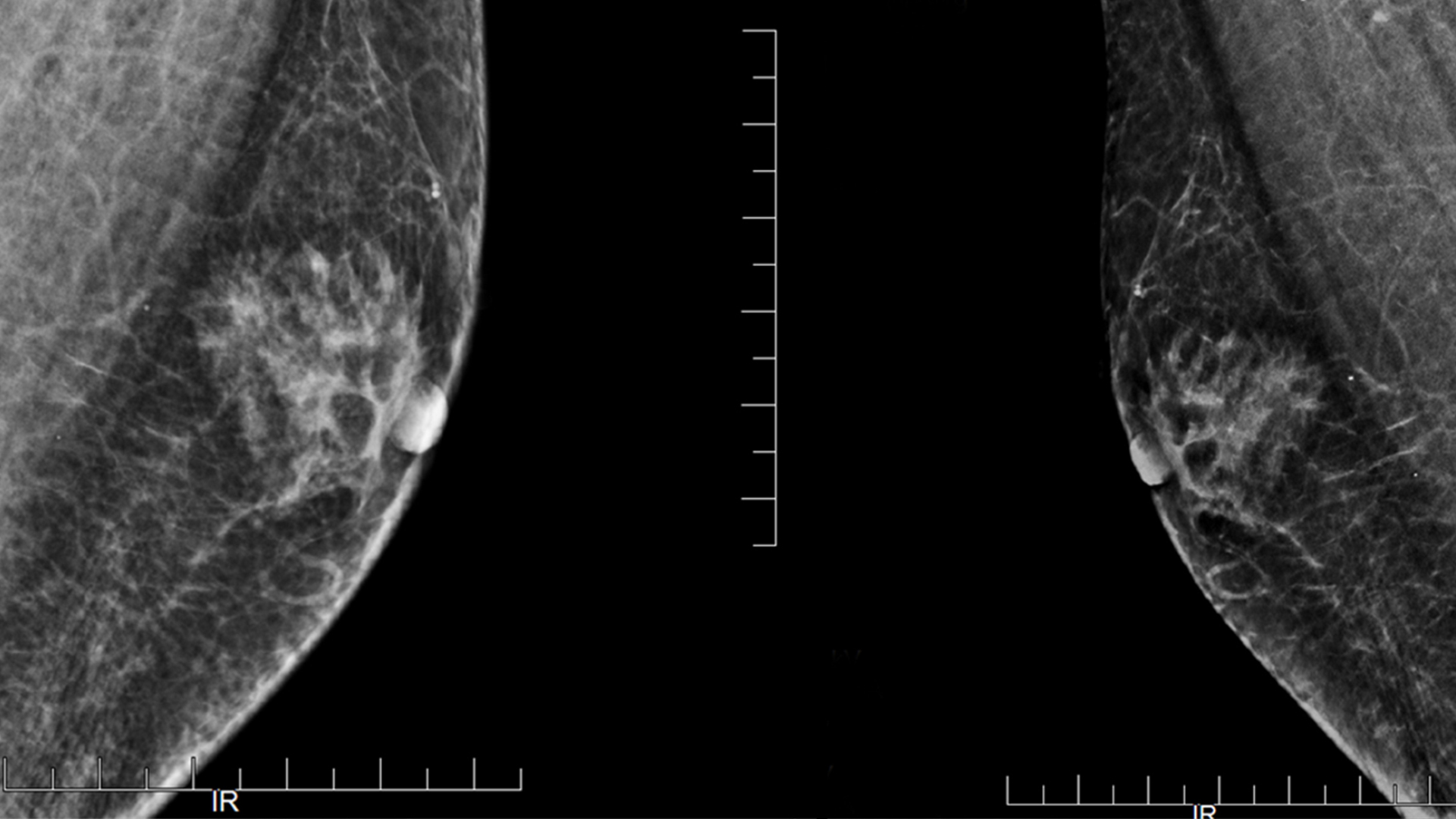
Why do men have nipples?
Let’s be clear: male nipples are useless. These two appendages in the middle of the chest, more or less large, more or less erogenous, more or less hairy, are therefore superfluous. They owe their presence only to embryonic evolution. Indeed, during the first six weeks of its life, the fetus has no sex. Everything develops in the same way, including the nipples. The X chromosome, which will induce the formation of the female organs, and the Y chromosome, which will do the job on the male side, will start their work after these first six weeks. And the male nipples will be there, but purely decorative… And when, much later, these nipples become annoying by excessive increase, gynecomastia will be diagnosed.
What is gynecomastia?
Gynecomastia defines the excess size of mammary glands and fatty tissue around the nipples, resulting in an enlarged male chest, sometimes to the point of looking like breasts. During adolescence, when hormonal changes take hold of the body, 50 to 70% of boys will develop gynecomastia (maximum peak between 13 and 14 years of age), the appearance of which is linked to a temporary imbalance in the production of estrogen (female hormone) and testosterone (male hormone). This pubertal gynecomastia usually regresses between six months and two years but persists beyond the age of 17 in about 10% of men. Man’s boobs can also be treated by allopathic treatment combined with a physical and nutritional follow-up adapted to the patient when he is overweight.
After the age of 50, gynecomastia affects nearly 50% of men. It can have multiple causes. As in the case of adolescents, it can be physiological and therefore linked to hormonal changes brought on by middle age. Over the years, fat mass increases at the expense of lean mass, adipose tissue tends to attract androgens and estrogens, while testicular production of testosterone decreases. The result: an accumulation of fat in the mammary glands, losing their masculine appearance…
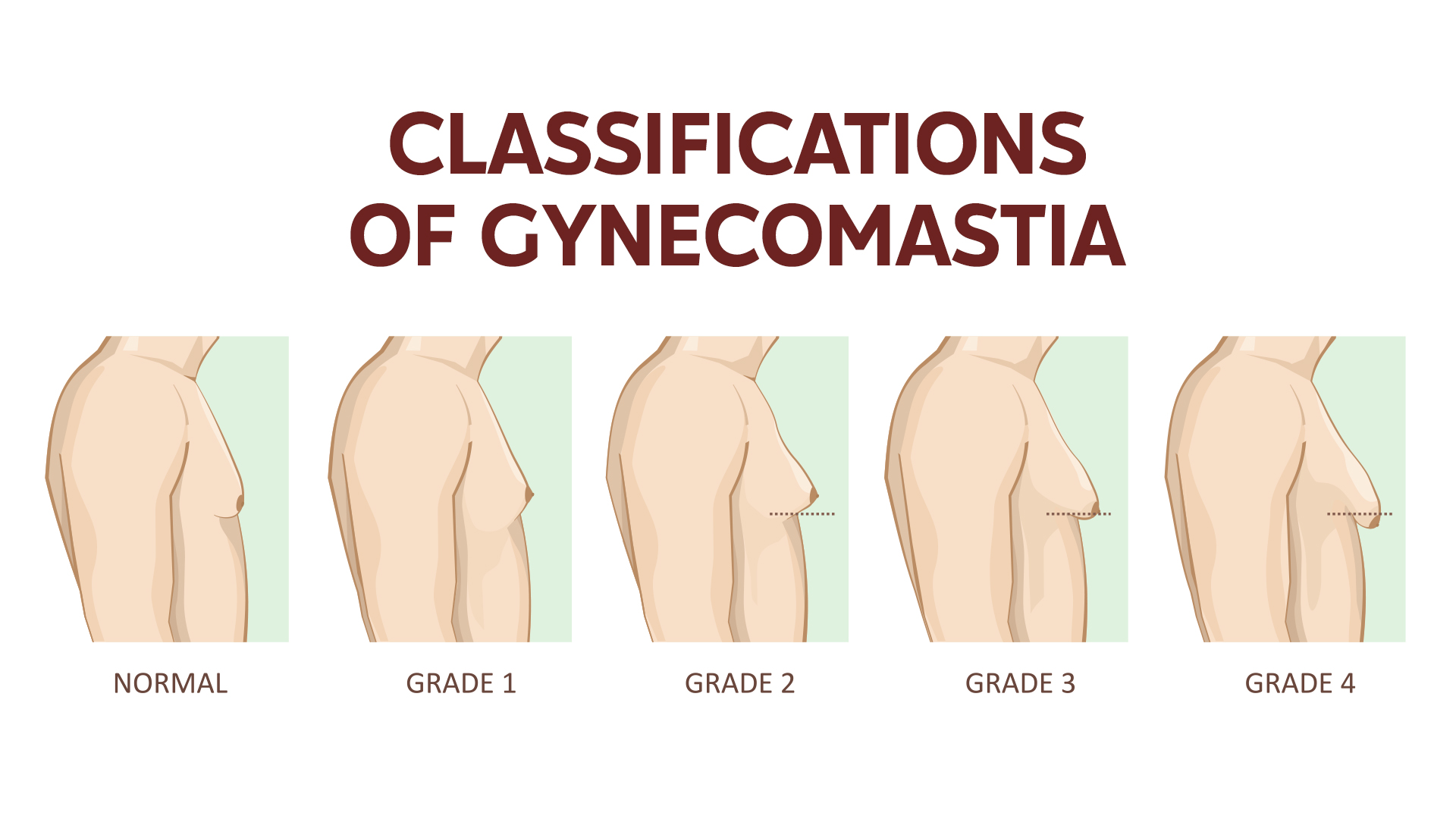
How to differentiate gynecomastia?
- Physiological gynecomastia: when the mammary glands show a slight growth and become sensitive or even painful, it is recommended to consult one’s doctor, who can prescribe a hormonal check-up. When this assessment shows an imbalance between androgens and estrogens, gynecomastia is physiological or glandular. Discovered within 3 to 6 months after its appearance, it can be stopped and reduced with tamoxifen treatment.
- Non-physiological gynecomastia: many pathological situations can lead to an imbalance between androgens and estrogens, and cause gynecomastia. Medication is a common cause, as well as cirrhosis and hypogonadism, a hormonal reaction caused by infection, trauma, surgery, radiology… Rarer, but possible, gynecomastia can also result from a tumor, hyperthyroidism, or renal failure. Thus, testicular, lung, or kidney cancers can sometimes cause an abnormal secretion of estrogen hormones.
- Idiopathic gynecomastia: In the most common cases, after the age of 50, men gain weight and reduce their muscle activity. The pectoral muscles become slack and store fat. Also, with the consumption of alcohol, beer, in particular, the production of testosterone decreases and estrogens increase, helping greasy tissues to accumulate around the nipples. It is then a case of idiopathic gynecomastia or lipomastia, a diagnosis often made in elderly and/or overweight men. Especially for the ones suffering from obesity, it is imperative to have followed a diet and regained an acceptable weight before considering a cosmetic surgical treatment.
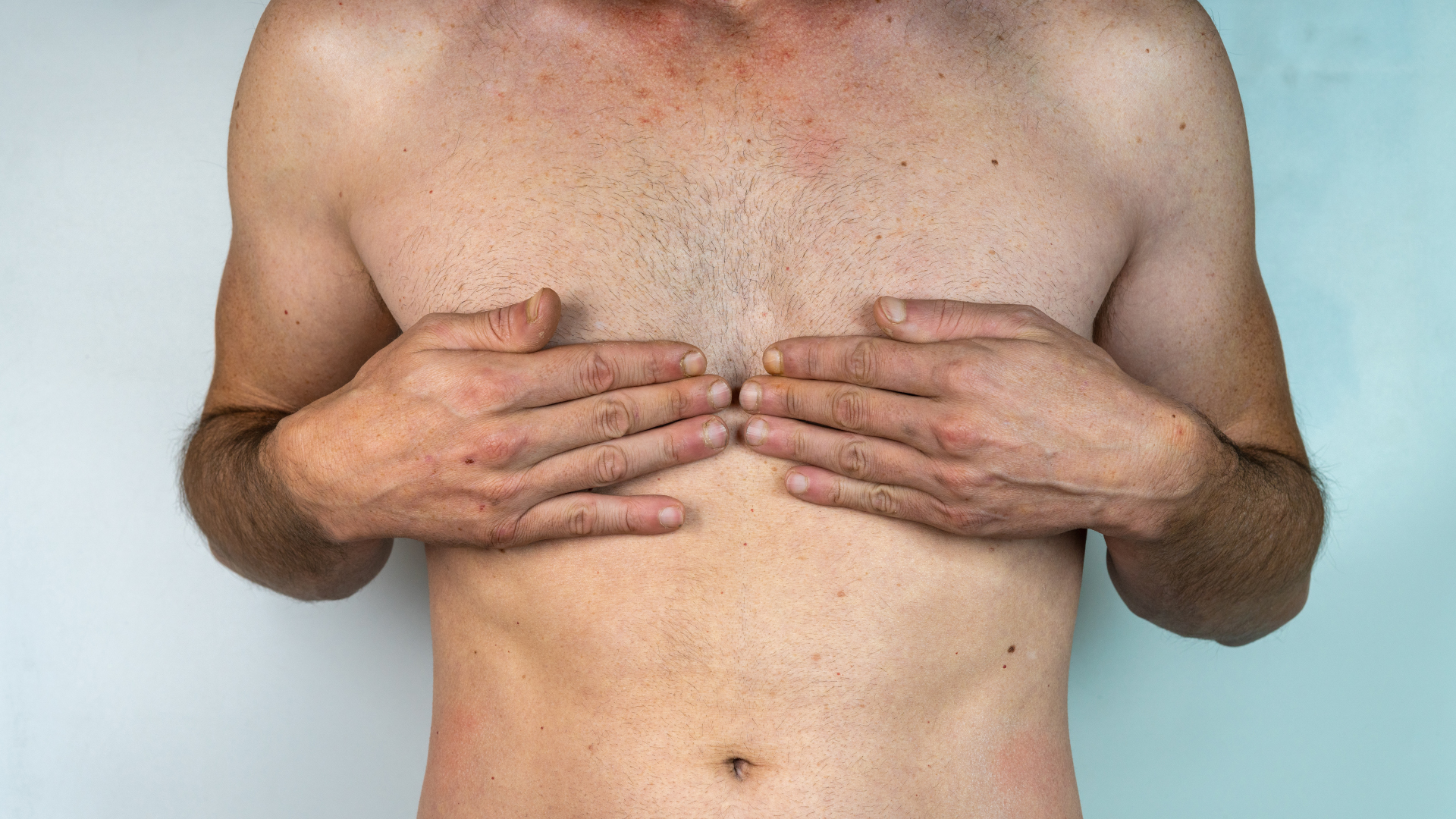
Gynecomastia surgical treatment options :
Whatever gynecomastia is diagnosed, once it is declared, it is here to stay. And the only way to make it disappear is through plastic surgery. It allows to reduce the volume of the breast and to rebalance the proportions to find a more masculine silhouette, and thus to feel better, psychologically and physically, for men who may be complexed by their nipples.
In most cases, adipomastia will be treated by extracting fatty tissue through liposuction. As for other parts of the body targeted by this technique (stomach, thighs, arms …), the fat is sucked in strategic places by fine cannulas, and the chest will then be reshaped by the surgeon. This technique is non-invasive, fast (about 1 hour) and under local anesthesia, and leaves no scars.
When the mammary glandular tissue is too large and sometimes sensitive, the surgeon will perform a mastectomy, with an incision around the aureole, to remove the mammary gland and the surrounding fatty tissue. In this case, the hospitalization is longer (24 hours minimum), since the operation requires general anesthesia.
In all cases, the advantage of a surgical correction of gynecomastia is its definitive aspect: neither the fat nor the mammary glands will return.
Gynecomastia treatment by mastectomy procedure
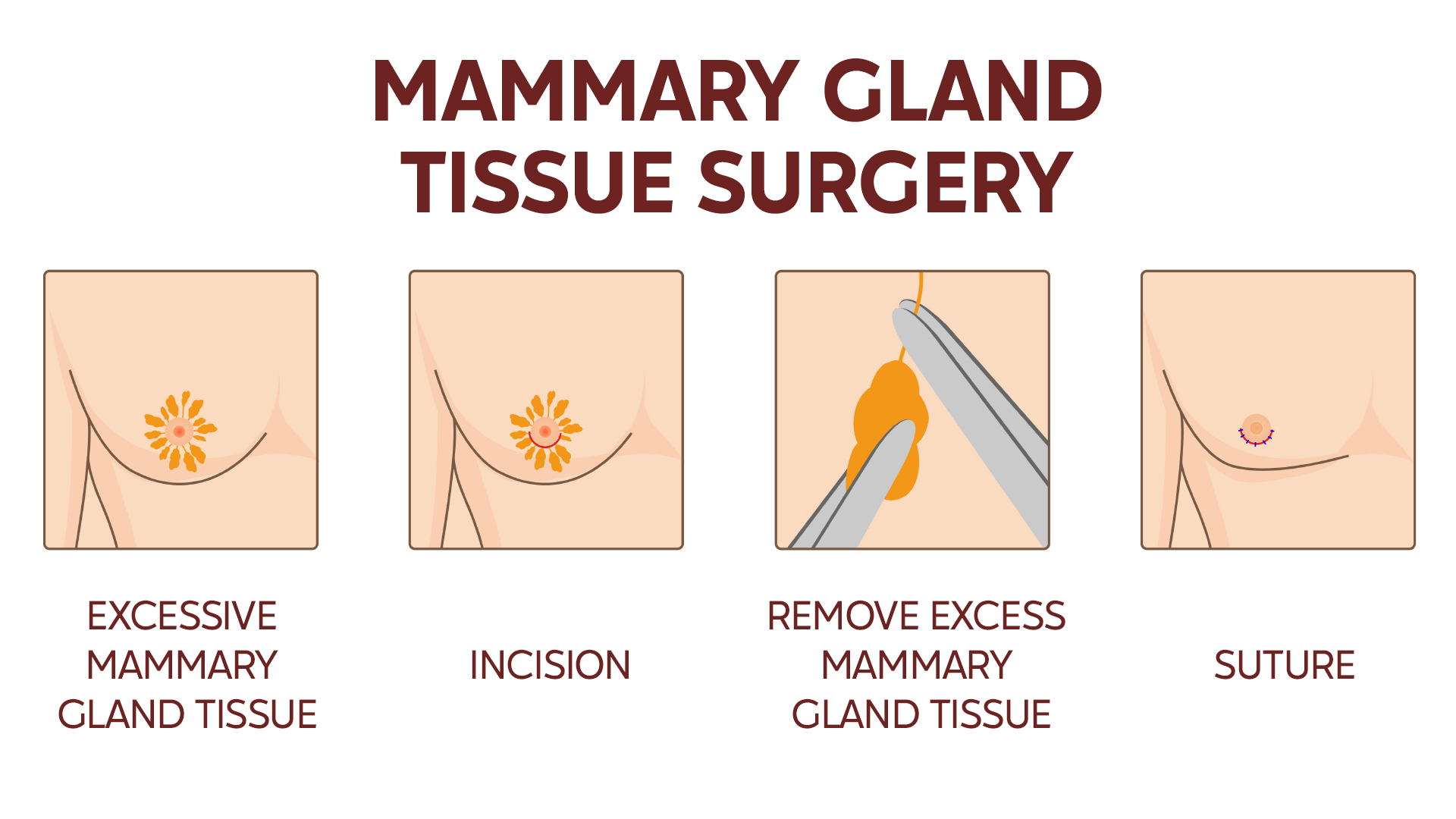
Gynecomastia treatment by liposuction procedure
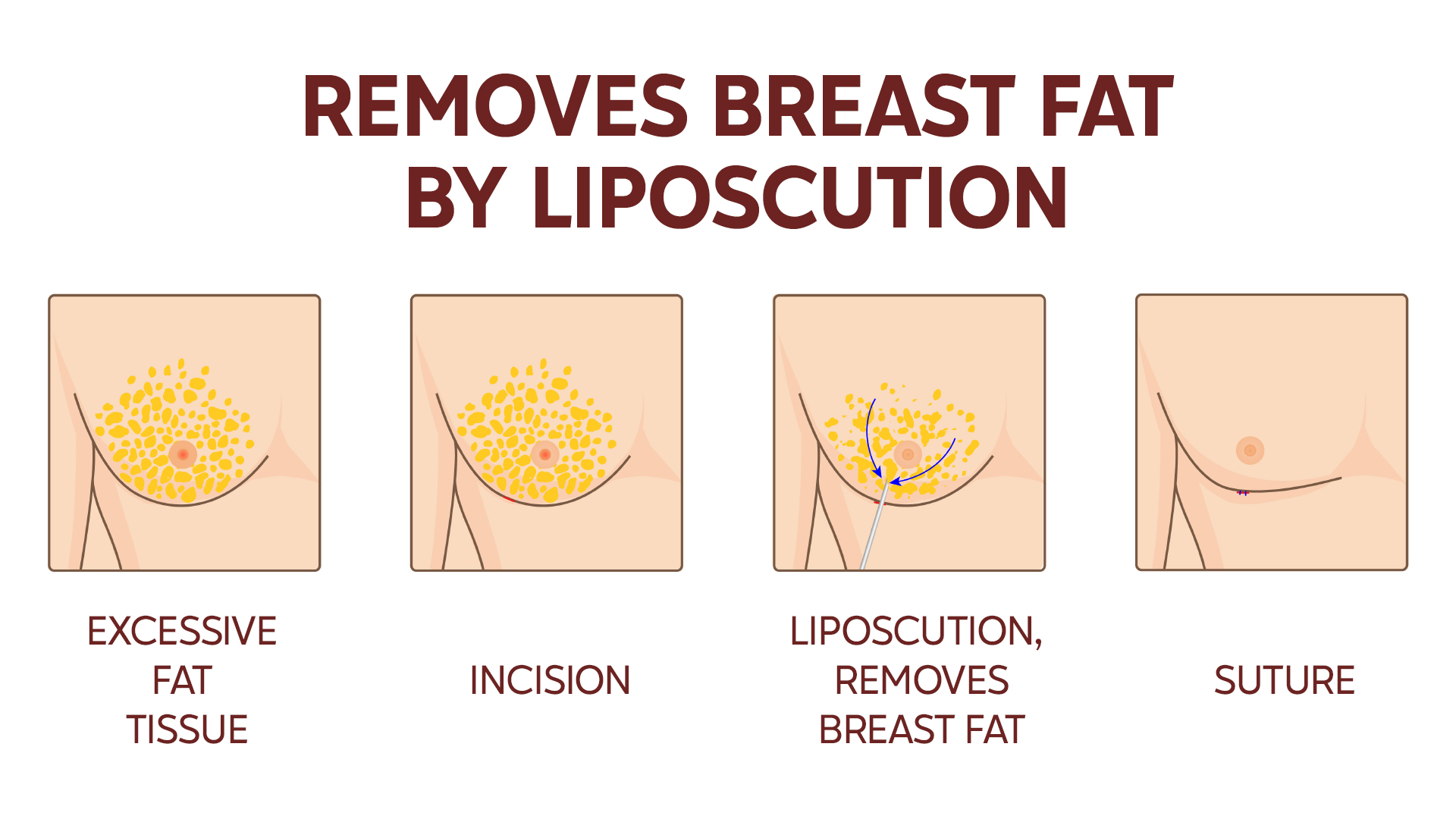
Gynecomastia treatment by mastectomy and liposuction procedure
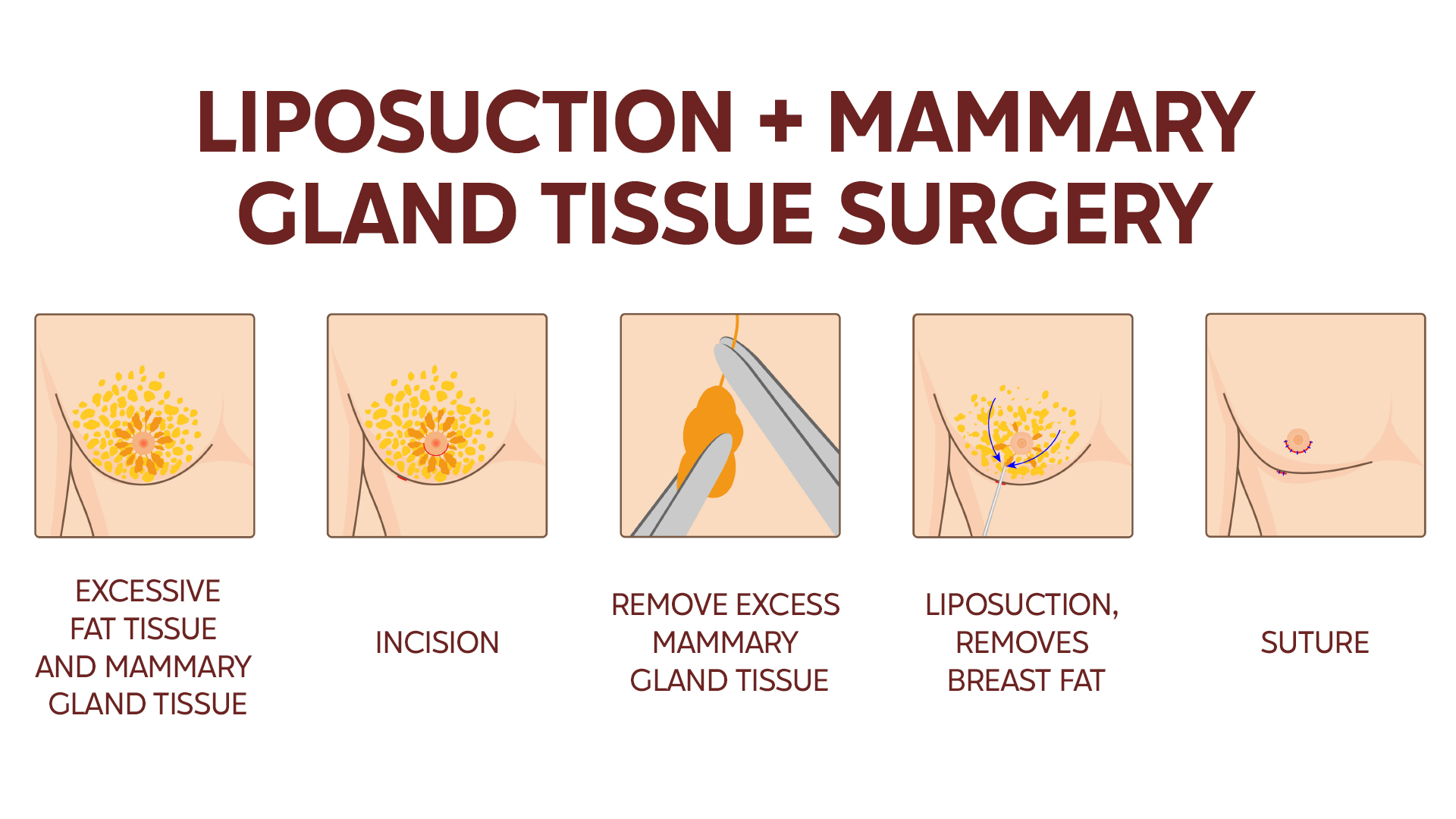
NHS gynecomastia coverage
In order for gynecomastia to be reimbursed by the National Health System, the doctor must note a real anatomical discomfort that provokes psychological discomfort. If the endocrine assessment confirms gynecomastia, by hormonal analysis as well as by breast ultrasound, the hospitalization costs should be automatically covered, in the UK and in the Netherlands. But when it comes to paying the surgeon’s and anesthesiologist’s extra fees, only a good private health insurance can help.
If coverage is not possible, which is the case for most diagnosed gynecomastia, prices rise rocket-high : it’s time to think about an alternative like medical tourism in Istanbul, Turkey, in order to pay 40 to 80% less than in your country.
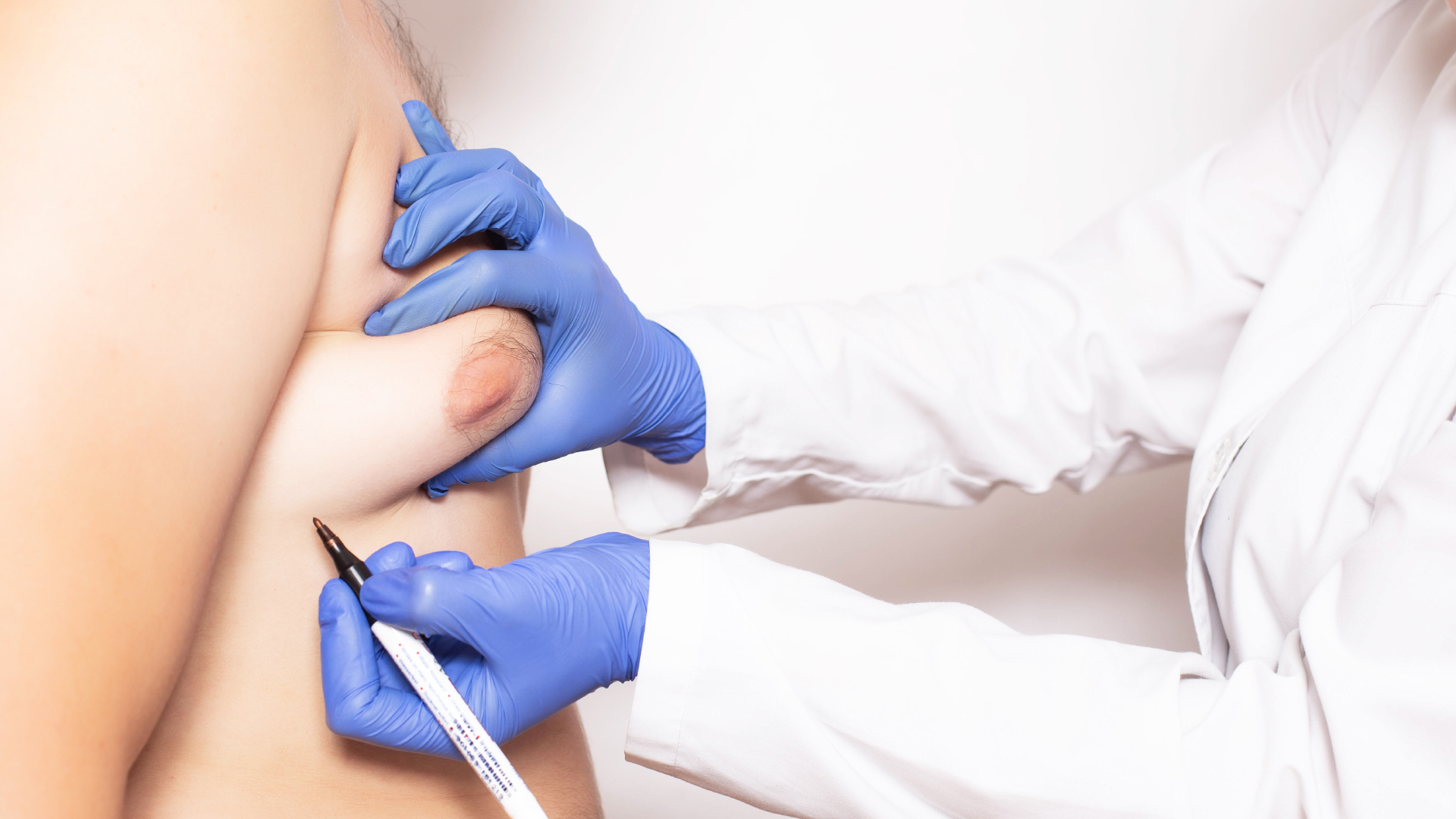
The steps of the surgical treatment of gynecomastia :
Before the operation
A first consultation will consist in performing various examinations to determine the nature of the gynecomastia, to make a complete clinical assessment, with ultrasound and blood test to detect a possible pathological origin of the gynecomastia (tumor, hormonal imbalance, Klinefelter’s syndrome…). Once the date of the surgery has been decided, the patient must resume smoking for one month before the operation, to avoid any risk of dermal necrosis and infection. No medication containing aspirin should be administered to the patient in the ten days preceding the surgery.
The operation
For a simple adipomastie, performed under local anesthesia, the surgeon proceeds to a liposuction of fatty masses, by inserting under the skin cannulas equipped with drains to evacuate postoperative liquids, and reshapes the chest to give it a more symmetrical appearance. The procedure takes 1 hour and the patient is discharged from the clinic the same day.
When it is necessary to remove the mammary gland, the general anesthesia involves a minimum stay of 24 hours in the clinic. For the mastectomy, the surgeon creates a semicircular skin incision on the lower part of the nipple to remove the breast gland. When the skin is too distended, part of the epidermis will be removed with a breast lifting, leaving either an inverted T-shaped scar or a circular scar around the areola. A liposuction completes the work, sucking out the fat with the help of cannulas, and giving the breast a flat and harmonious appearance. A compression bandage, with elastic bands and a thoracic vest, is applied at the end of the procedure, which generally lasts no more than 2 hours. If drains are used, they can be removed after 2 or 3 days. A painkiller will be administered during this short period.
After the operation
The patient must wear a compression girdle or vest for 1 to 2 months, while the sutures resolve themselves. It is recommended to rest for the next few days, and to avoid sudden movements and physical efforts for the next month. After the first pains have disappeared with a simple painkiller, there may be some tension in the chest while the bruises from the operation are being absorbed, for the next 2-3 weeks.
The results
If the patient immediately notices that the nipples have disappeared, the final result of the gynecomastia reduction surgery will be observed after about 3 months, so that the edema is completely reabsorbed and the muscle mass of the thorax rebalanced. In case of a skin lift, the scars will remain red, then pink, for a few months before disappearing. If they are a little swollen, the prescription of a suitable ointment can solve the problem. In all cases, scars must be closely monitored and avoided exposure to the sun.
Post-operative risks of surgical treatment of gynecomastia
Any surgical procedure involves risks of complications, fortunately very rare. Hence the importance of pre-operative maintenance, to avoid thromboembolic accidents or healing disorders. Any persistent or delayed pain, delayed healing, asymmetry or alteration of the sensitivity of the areola should be reported to the surgeon and may require a re-intervention.
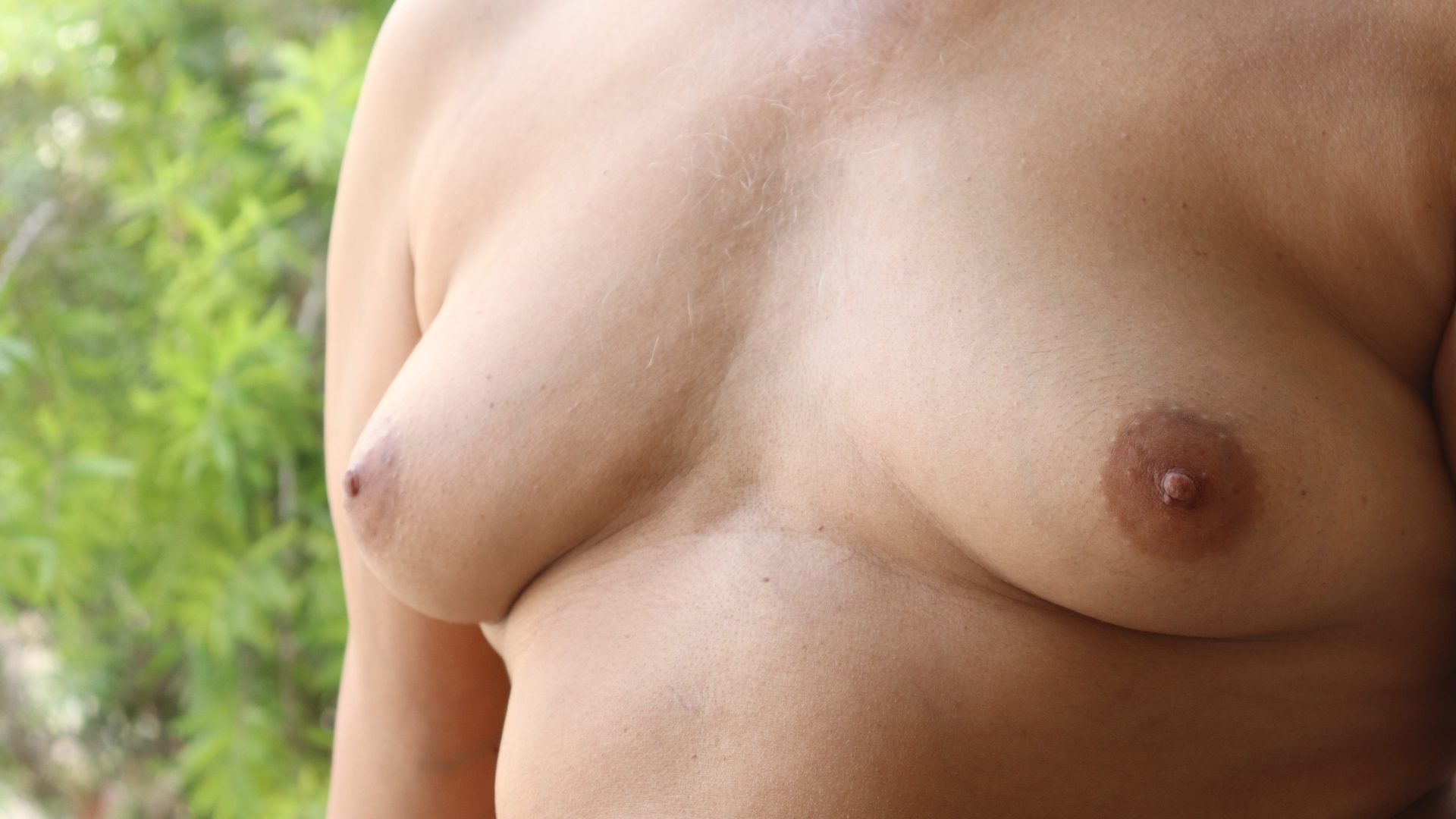
Why have gynecomastia surgery in Turkey
Even if gynaecomastia surgery can be partly covered by the health system of one’s country, the operation remains expensive and the delay required for the intervention is often long. As with many other surgical procedures considered cosmetic, yet so important to the physical and psychological well-being of many patients, the alternative of medical tourism makes cosmetic surgery easier to consider. For example, in Istanbul, Turkey, which has an excellent international reputation in this field and offers an unbeatable price/quality ratio, savings can reach 40 to 70% for a complete gynecomastia, including travel expenses, and with no delay. In the field of male and female cosmetic surgery, but also orthodontics, vision correction or hair transplantation, thousands of European patients choose Istanbul to regain their smile and their figure…
Price comparison of gynecomastia surgical treatments
The prices presented include the average price of a complete gynecomastia, including adipomastia (or liposuction), mastectomy and breast lift.
- USA : $4000 to $6000
- UK : £4000 to £6000
- Netherlands : 4000€ to 5000€.
- Turkey: 1700 to 2000€.
Surgical treatment of Gynecomastia Before/After
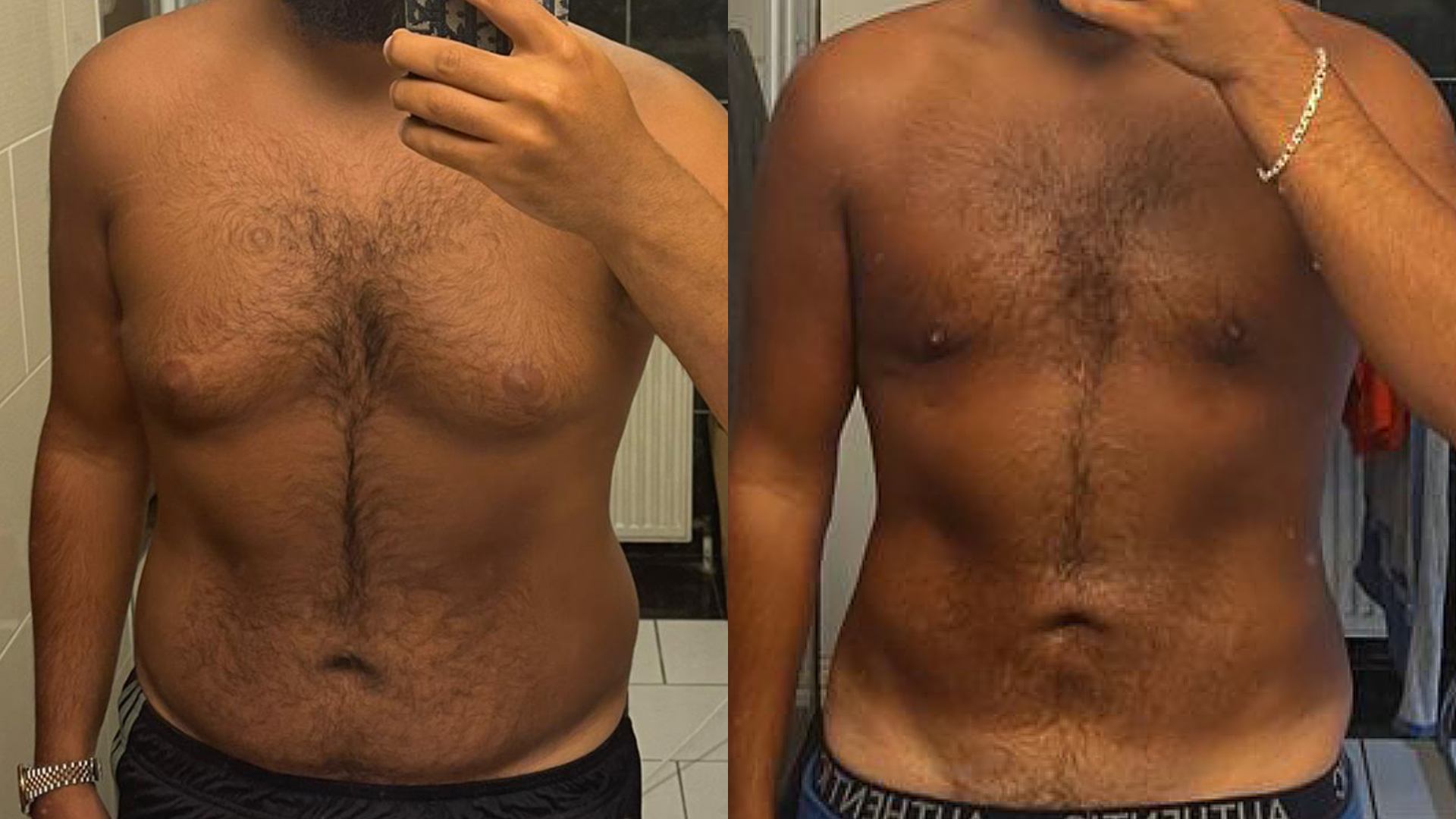
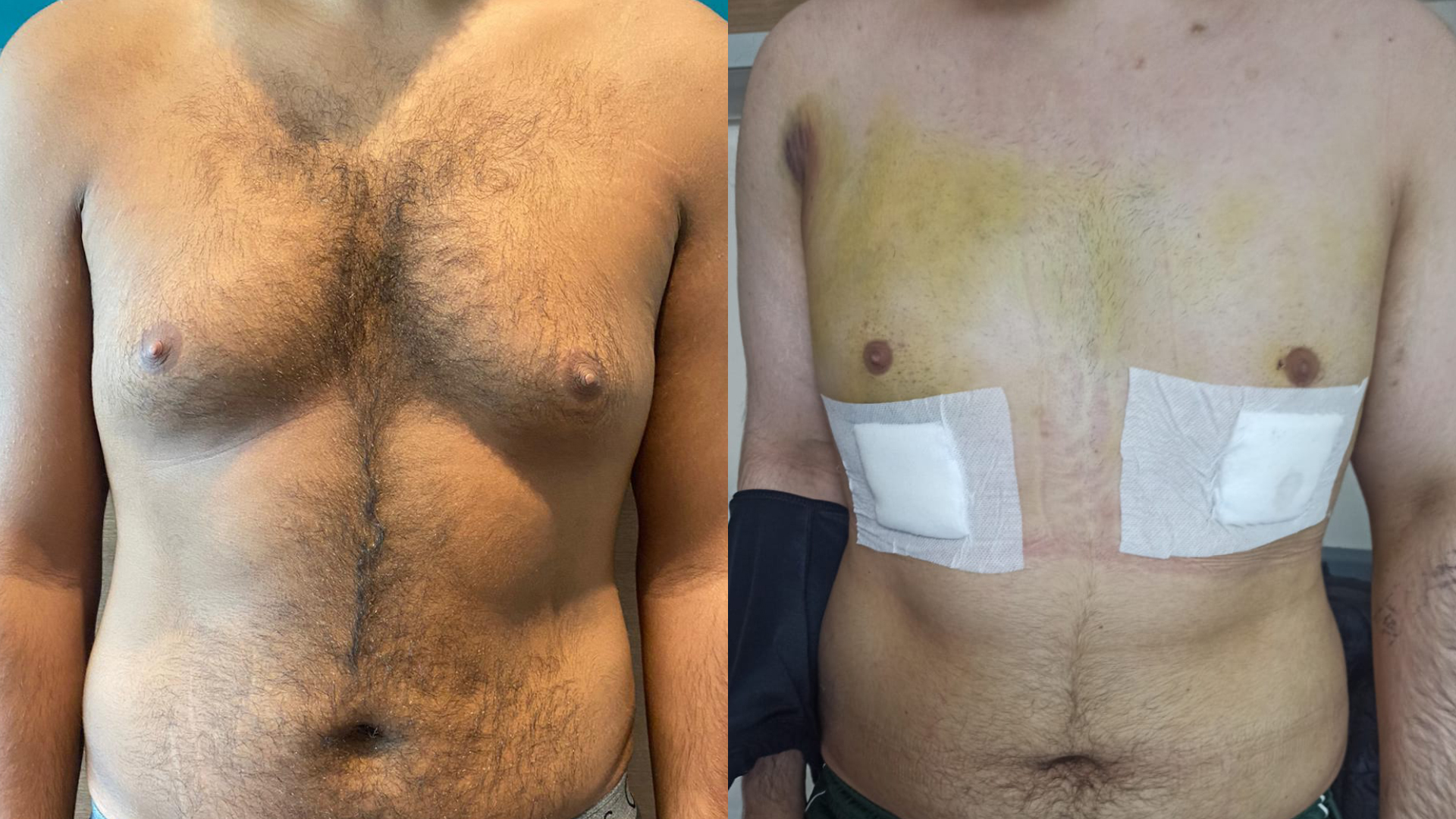
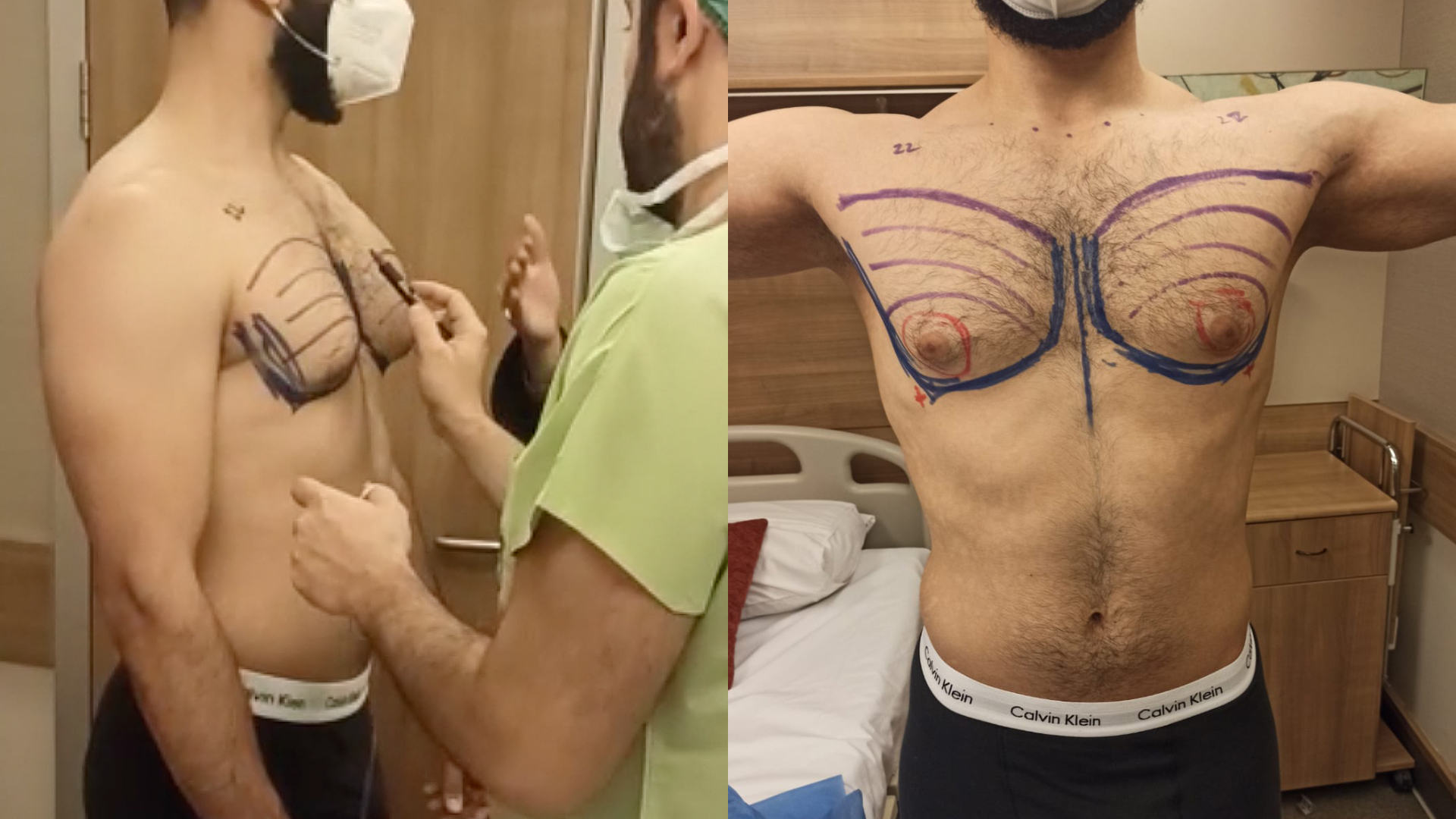
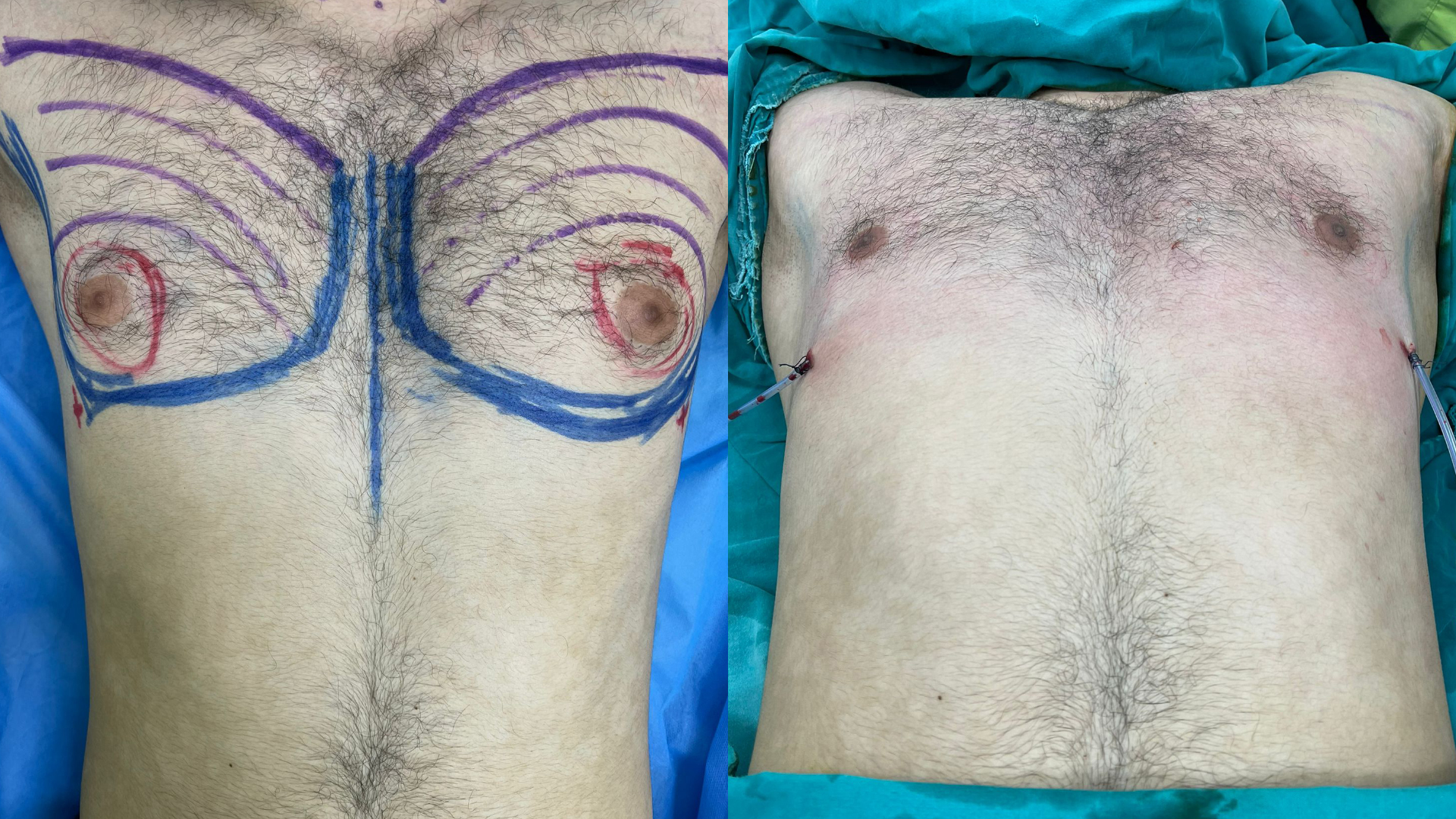
13109 vues
0 commentaires
0


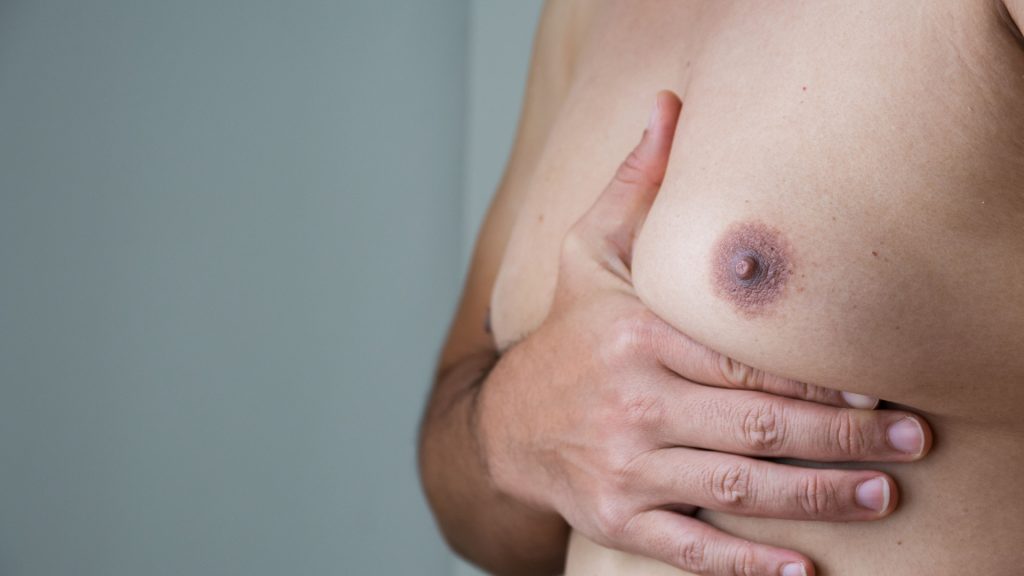
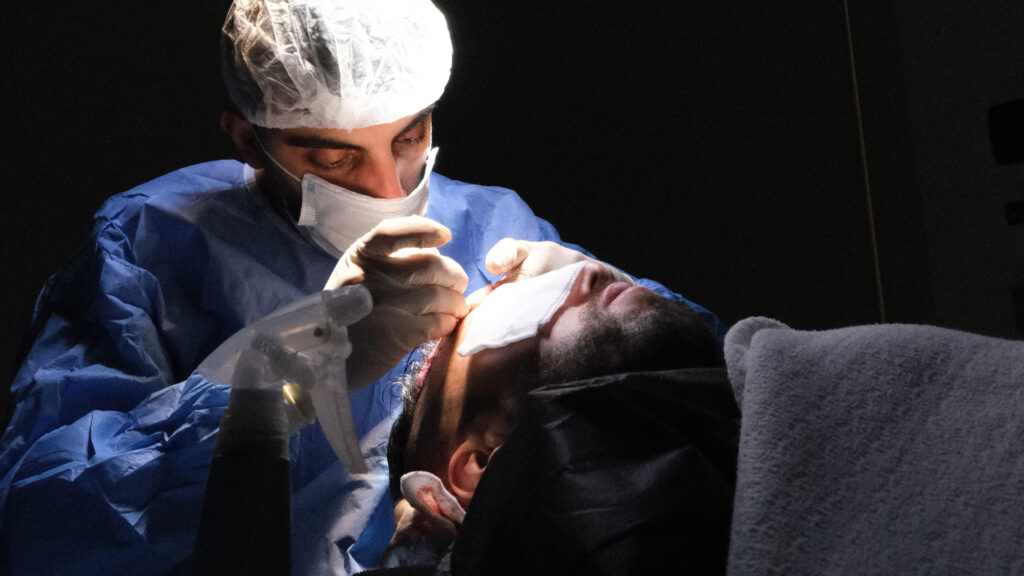
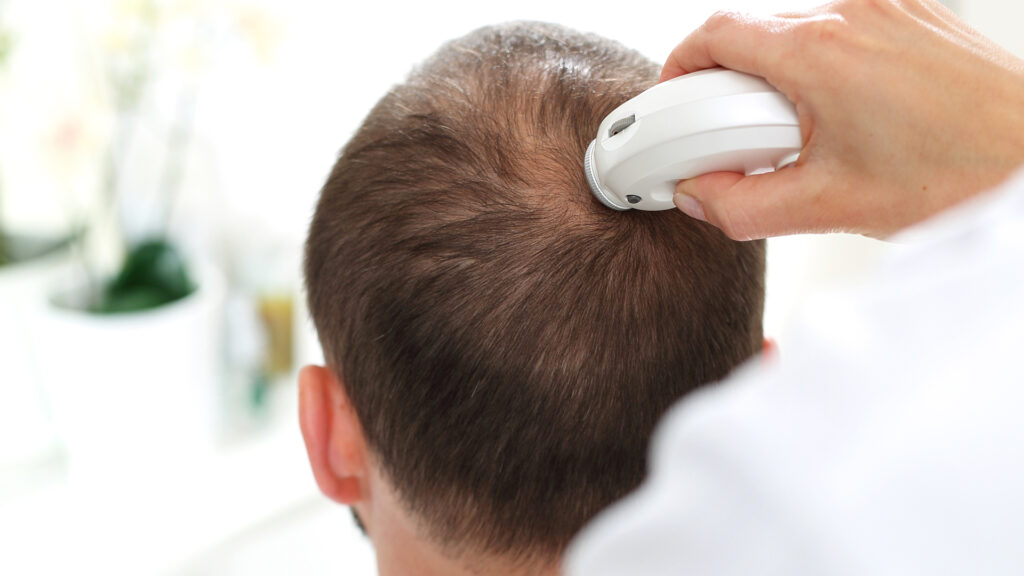
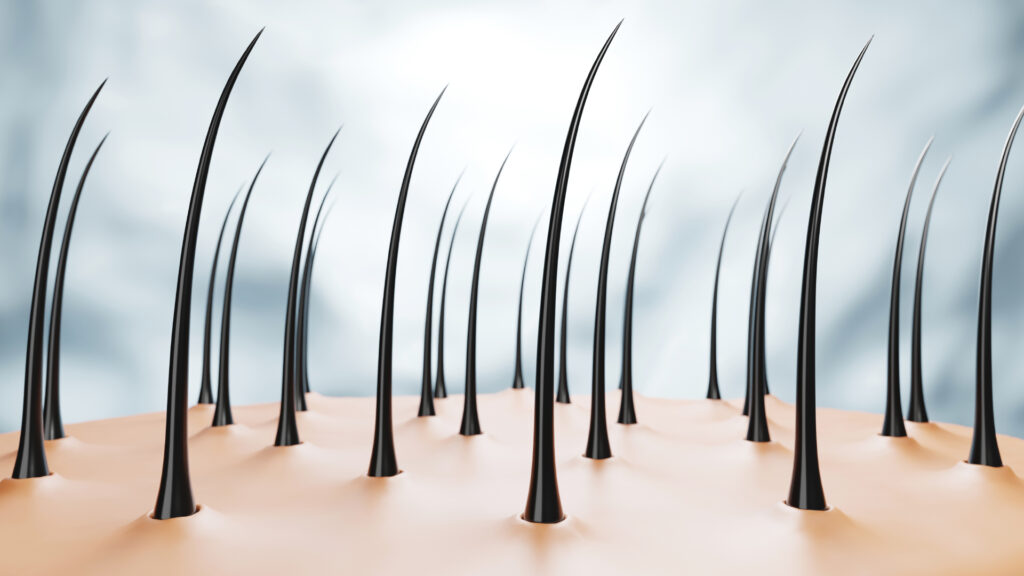
Il n'y a pas de commentaires pour le moment.